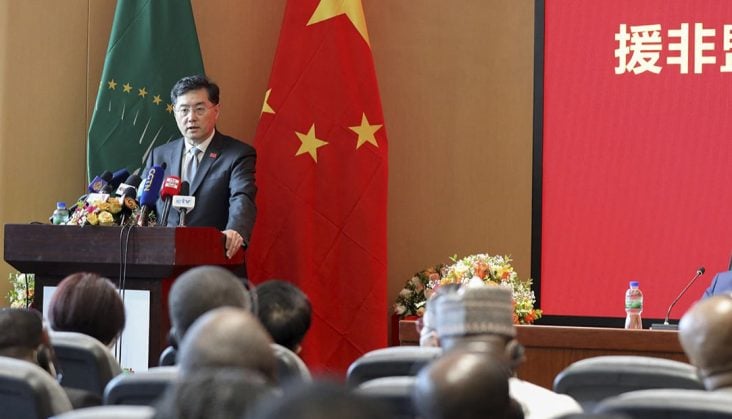
Credit: the Africa Report
Rating agency Moody’s warns that some loans, particularly Chinese ones, are coming due in a market where financing conditions have deteriorated.
Although Africa’s creditors have diversified considerably in recent years – offering more opportunities to obtain financing for infrastructure needed for growth – a recent Moody’s report is warning of a liquidity risk.
“As the availability of these funding sources retrenches,†the agency argues, “increased exposure to commercial and non-Paris Club official sector creditors is now amplifying frontier markets’ exposure to liquidity risk amid tighter global financial conditions.â€Limited financing options
In concrete terms, the tightening of the Eurobond debt market – with a maturity of around 7% – has forced some African countries to review their debt strategy. Côte d’Ivoire, for example, which received a $3.5bn package under its new credit facility programme with the IMF in early April, is leaning towards “green bonds,†a sector that is still untouched, or to take on debt in local currencies through recourse with regional financial markets.
Nigeria tapped the Eurobond market at the end of February 2022 to raise $1.25bn, followed by Angola with a $1.75bn Eurobond, which was slightly less oversubscribed than the previous one.
But Moody’s warns: “…sovereigns face an increasingly onerous refinancing challenge amid constrained financing options.†For the credit rating agency, capital payments to Chinese creditors will force states to draw on their reserves unless loans can be rolled over.China, still Africa’s largest creditor
As of the end of April 2021, approved lending to African countries through the General Resources Account, the IMF’s main financing window, amounted to about 26 billion Special Drawing Rights (SDRs), or about $37bn, which represents a marginal share of the Fund’s asset portfolio.
On the other hand, both Beijing and Chinese public and private companies have provided African states with a total of $146bn between 2000 and 2017, with some credits repaid and others written off.
Zambia’s external debt, estimated at $17.3bn, is more than one-third held by China. “…bondholders, can increase rollover risk, particularly when bond maturities coincide with tighter global financing conditions,†the rating agency said. “Countries like Ethiopia, Tunisia, Kenya, Egypt […] face the largest Eurobond payments coming due over the next three years […]â€. It adds that “Kenya and Ethiopia are also among those with relatively large payments due to Chinese creditors over the remainder of the decade […].â€The IMF as a recourse
According to the Moody’s report, access to international capital markets is likely to remain prohibitively expensive for most of the lower-rated sovereigns, which will reduce the scope for refinancing future external write-offs.
However, as past borrowings from non-traditional creditors are beginning to meet deadlines, †amortizations will amplify liquidity risk. Countries like Ethiopia (Caa2 negative), Tunisia (Caa2 negative), Kenya (B2 negative), Egypt (B3 RUR-) […] face the largest Eurobond payments coming due over the next three years,†as they have large repayments due to Chinese creditors.
However, the US agency points out that the ability of sovereigns to commit and obtain IMF financing can, on the other hand, ease liquidity pressures by catalysing additional financing, both from official creditors and the private sector.





